As of 12:01 a.m. Friday, the United States has officially ended the long-standing tariff exemption on small-value packages, a policy shift that will affect e-commerce companies, logistics providers, and international postal services worldwide. The exemption, also known as the “de minimis” rule, previously allowed packages valued under $800 to enter the U.S. without additional duties.
The new measure requires all imported parcels, regardless of value, to pay duties based on their country of origin and the applicable tariff rate. Officials have emphasized that the change is designed both to generate additional revenue and to strengthen oversight of the fast-growing volume of small parcels entering the U.S.
Background on the De Minimis Exemption
The de minimis threshold has been a feature of U.S. customs law since 1938, with the limit most recently raised from $200 to $800 in 2015 to encourage small business participation in e-commerce. However, the rapid rise of global online shopping dramatically increased the number of low-value shipments. U.S. Customs and Border Protection (CBP) data indicates that small-package imports surged from 139 million in fiscal year 2015 to more than 1.3 billion in fiscal year 2024.
Industry experts say this growth transformed supply chain models, particularly for retailers and platforms that built businesses around direct-to-consumer shipping from overseas factories and warehouses. The removal of the exemption, they argue, will force many sellers to reconsider their U.S. market strategies.
Transition Period with Flat-Rate Options
To smooth the transition, the administration has created a six-month period in which shippers can choose between paying full tariff rates (based on the value of goods) or applying a simplified flat duty per package. The flat fee is tiered:
- $80 per package for countries with lower duty rates (below 16%), such as the United Kingdom and the European Union.
- $160 per package for countries with medium-level tariff rates (16%–25%), such as Vietnam and Indonesia.
- $200 per package for countries with higher duty rates (above 25%), including China, Brazil, India, and Canada.
By February 28, 2026, however, all parcels will be required to follow full ad valorem duty calculations without the flat-rate option.
Impact on E-Commerce and Shipping Models
Global logistics companies including FedEx, UPS, and DHL have confirmed that they will continue delivering to the U.S. under the new framework. Foreign postal services are also adapting, though some have temporarily suspended shipments to the U.S. while updating their systems to meet the new compliance requirements.
E-commerce platforms that built their operations on low-value, high-volume shipments may see the greatest impact. Analysts suggest that sellers may increasingly turn to bulk shipping, U.S.-based fulfillment centers, or regional distribution hubs as cost-effective alternatives. Some businesses could also pass along the added costs to consumers, potentially raising prices for certain imported goods.
Customs Enforcement and Oversight
U.S. officials noted that the end of the exemption also supports customs enforcement, particularly in areas of intellectual property protection, product safety, and regulatory compliance. A large share of seizures in recent years—ranging from counterfeit goods to prohibited health and safety items—were associated with small-value packages.
Customs and Border Protection has stated that it has the staff and infrastructure in place to manage the change. A senior official said that officers “stand ready” to process the increased volume of tariff-assessed shipments, adding that coordination with express carriers and international postal services is ongoing.
Looking Ahead
The removal of the de minimis exemption represents one of the most significant shifts in U.S. customs policy in decades. While officials project billions of dollars in additional annual tariff revenue, the broader implications for global trade and e-commerce remain to be seen.
Logistics experts expect the adjustment period to be challenging, particularly for smaller retailers that depend on cross-border direct-to-consumer sales. However, some industry leaders believe the new policy may ultimately lead to more standardized practices in international shipping and customs enforcement.
As businesses, carriers, and consumers adjust, the coming months will provide a clearer picture of how the end of the small-package exemption reshapes international supply chains and trade flows into the U.S.
#SupplyChainNews #GlobalTrade #EcommerceLogistics #TariffsAndDuties #TradeUpdate

















